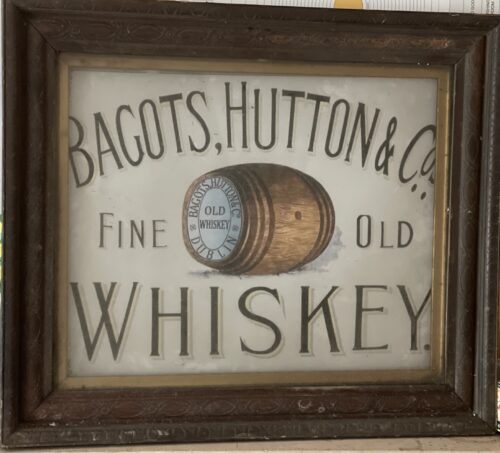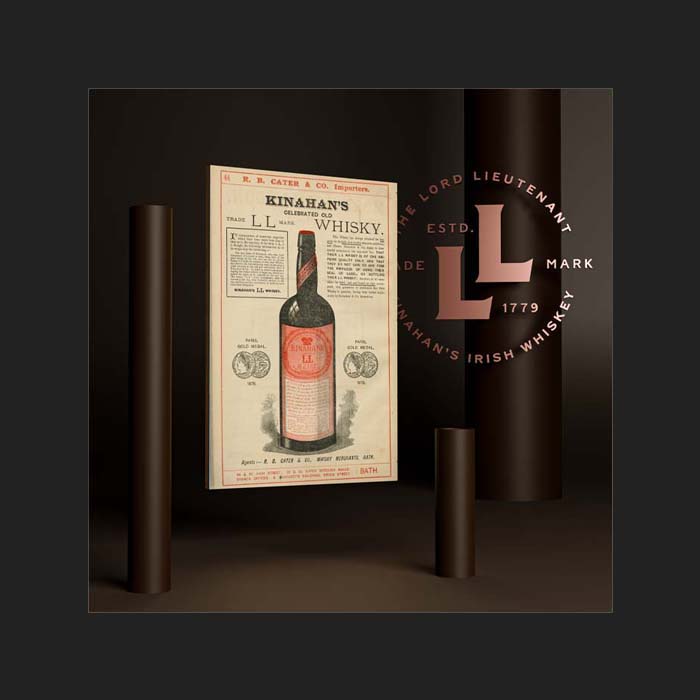Career


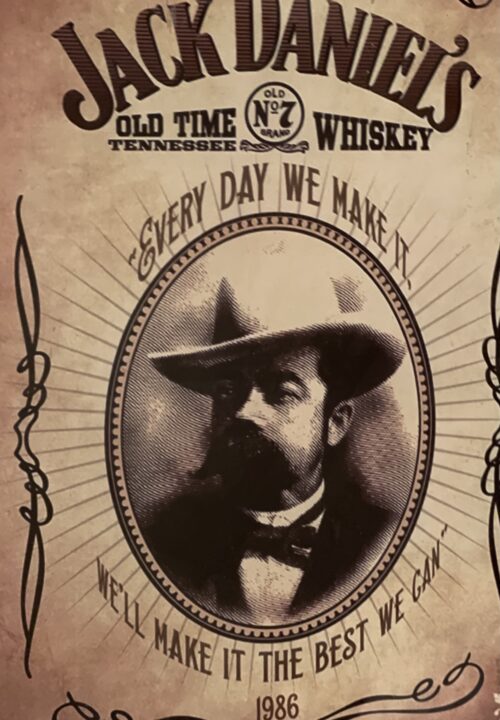
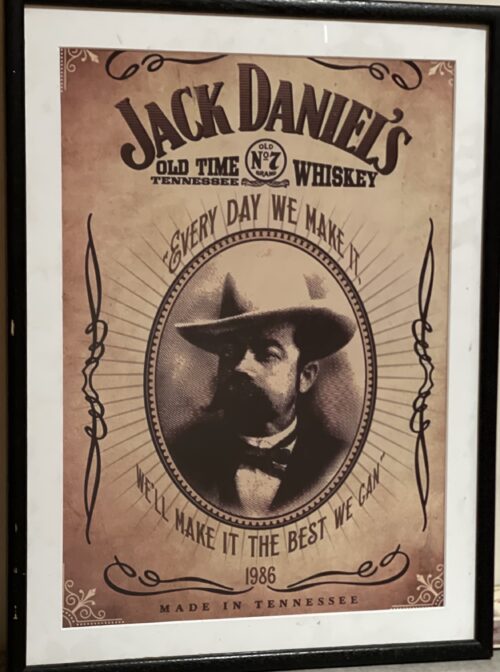








 The Still House at John's Lane Distillery, as it looked when Alfred Barnard visited in the 1800s.
The Still House at John's Lane Distillery, as it looked when Alfred Barnard visited in the 1800s.


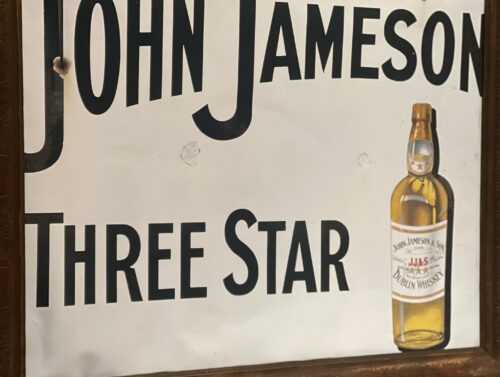
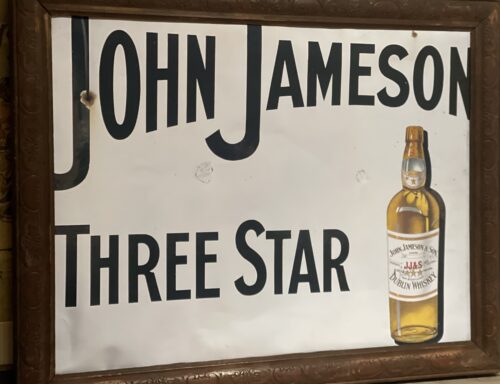
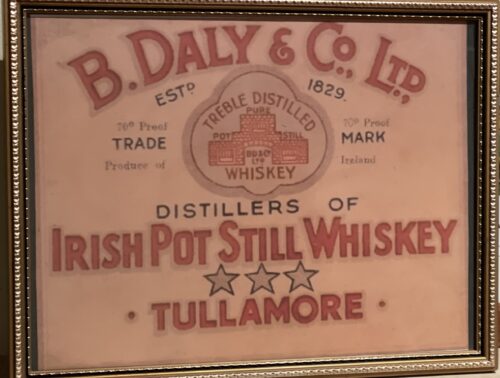


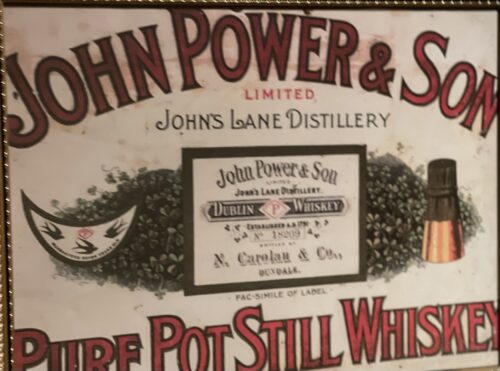
 The Still House at John's Lane Distillery, as it looked when Alfred Barnard visited in the 1800s.
The Still House at John's Lane Distillery, as it looked when Alfred Barnard visited in the 1800s.




 The Still House at John's Lane Distillery, as it looked when Alfred Barnard visited in the 1800s.
The Still House at John's Lane Distillery, as it looked when Alfred Barnard visited in the 1800s.
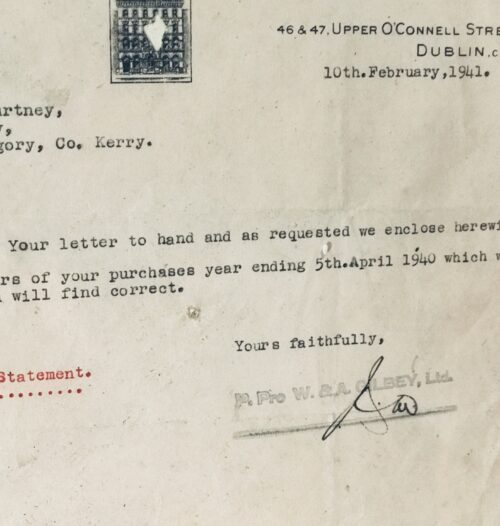








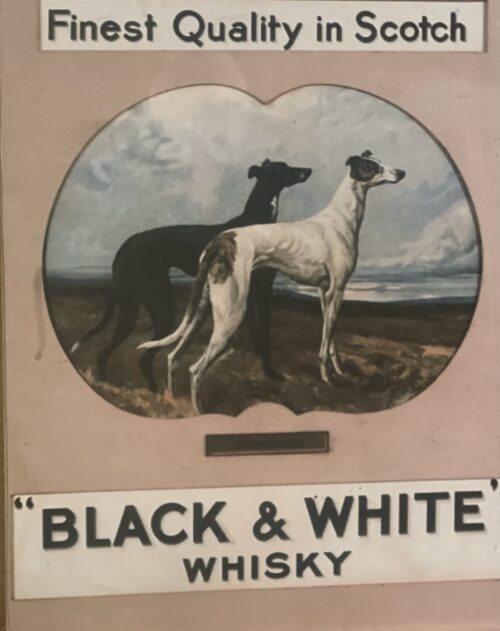
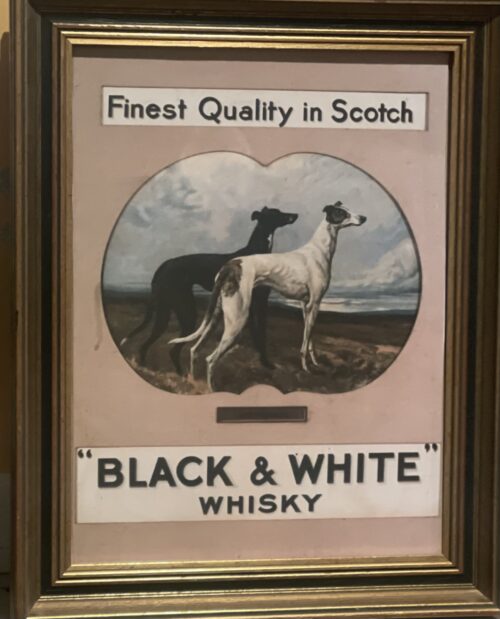
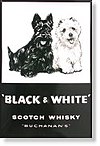
|
|
| Type | Scotch whisky |
|---|---|
| Manufacturer | Diageo |
| Country of origin | Scotland |
| Introduced | 1879 |
| Alcohol by volume | 40% |
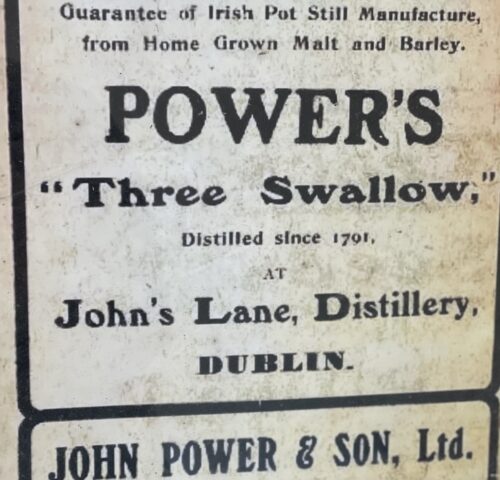
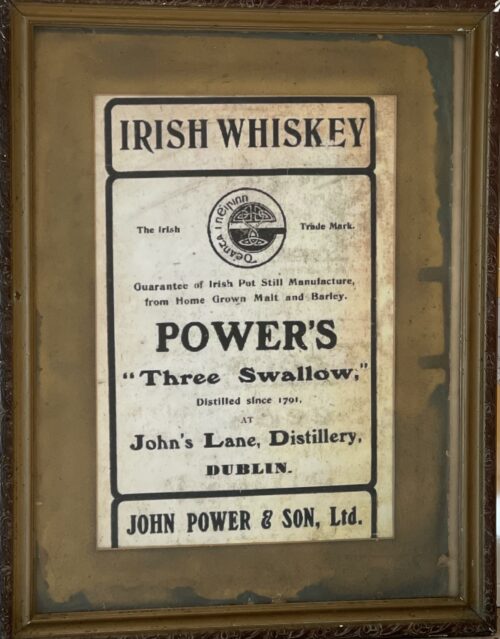
 The Still House at John's Lane Distillery, as it looked when Alfred Barnard visited in the 1800s.
The Still House at John's Lane Distillery, as it looked when Alfred Barnard visited in the 1800s.
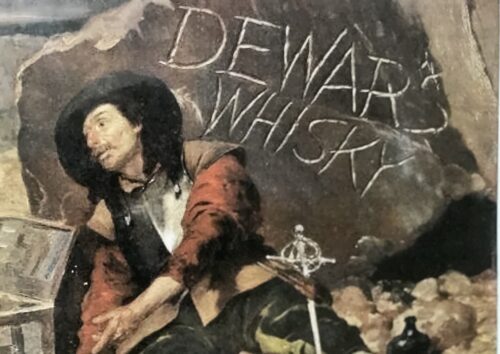



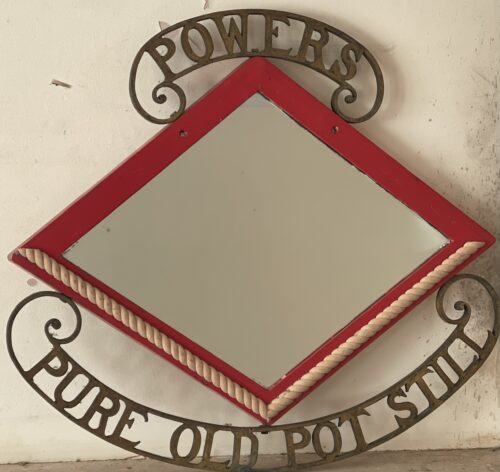
 The Still House at John's Lane Distillery, as it looked when Alfred Barnard visited in the 1800s.
The Still House at John's Lane Distillery, as it looked when Alfred Barnard visited in the 1800s.
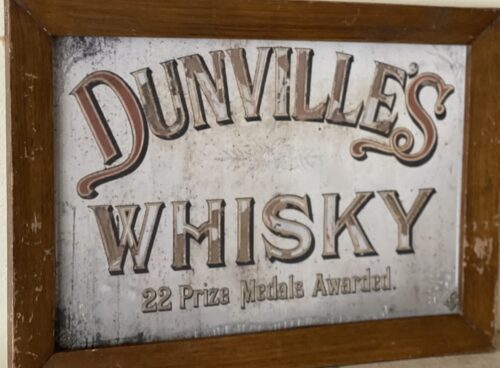
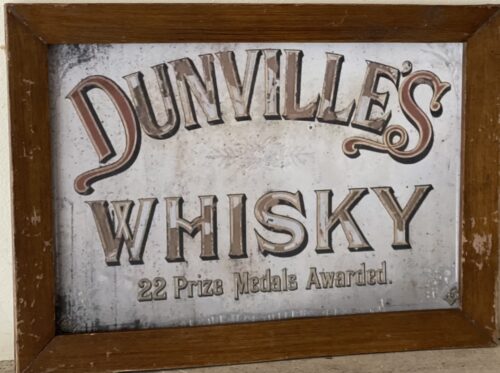
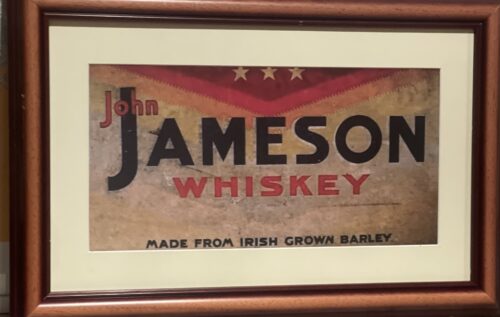


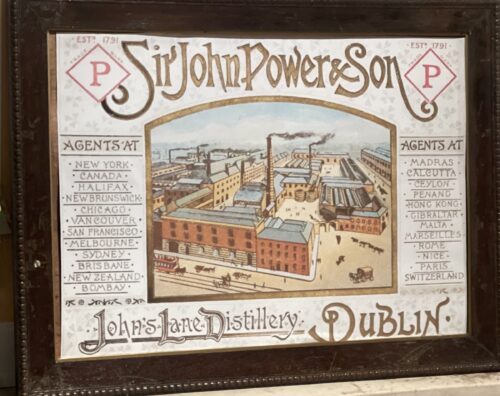
 The Still House at John's Lane Distillery, as it looked when Alfred Barnard visited in the 1800s.
The Still House at John's Lane Distillery, as it looked when Alfred Barnard visited in the 1800s.


An Address from the People of Kilbeggan to John Locke, Esq. Dear Sir - Permit us, your fellow townsmen, to assure of our deep and cordial sympathy in your loss and disappointment from the accident which occurred recently in your Distillery. Sincerely as we regret the accident, happily unattended with loss of life, we cannot but rejoice at the long-wished-for opportunity it affords us of testifying to you the high appreciation in which we hold you for your public and private worth. We are well aware that the restrictions imposed by recent legislation on that particular branch of Irish industry, with which you have been so long identified, have been attended with disastrous results to the trade, as is manifest in the long list of Distilleries now almost in ruins, and which were a few years ago centres of busy industry, affording remunerative employment to thousands of hands; and we are convinced the Kilbeggan Distillery would have long since swelled the dismal catalogue had it fallen into less energetic and enterprising hands. In such an event we would be compelled to witness the disheartening scene of a large number of our working population without employment during that period of the year when employment Is scarcest, and at the same time most essential to the poor. Independent then of what we owe you, on purely personal grounds, we feel we owe you a deep debt of gratitude for maintaining in our midst a manufacture which affords such extensive employment to our poor, and exercises so favourable an influence on the prosperity of the town. In conclusion, dear Sir, we beg your acceptance of a new steam boiler to replace the injured one, as testimony, inadequate though it is, of our unfeigned respect and esteems for you ; and we beg to present it with the ardent wish and earnest hope that, for many long years to come, it may contribute to enhance still more the deservedly high and increasing reputation of the Kilbeggan Distillery.In a public response to mark the gift, also published in several newspapers, Locke thanked the people of Kilbeggan for their generosity, stating "...I feel this to be the proudest day of my life...". A plaque commemorating the event hangs in the distillery's restaurant today. In 1878, a fire broke out in the "can dip" (sampling) room of the distillery, and spread rapidly. Although, the fire was extinguished within an hour, it destroying a considerable portion of the front of the distillery and caused £400 worth of damage. Hundreds of gallons of new whiskey were also consumed in the blaze - however, the distillery is said to have been saved from further physical and financial ruin through the quick reaction of townsfolk who broke down the doors of the warehouses, and helped roll thousands of casks of ageing spirit down the street to safety. In 1887, the distillery was visited by Alfred Barnard, a British writer, as research for his book, "the Whiskey Distilleries of the United Kingdom". By then, the much enlarged distillery was being managed by John's sons, John Edward and James Harvey, who told Barnard that the distillery's output had more than doubled during the preceding ten years, and that they intended to install electric lighting.Barnard noted that the distillery, which he referred to as the "Brusna Distillery", named for the nearby river, was said to be the oldest in Ireland. According to Barnard, the distillery covered 5 acres, and employed a staff of about 70 men, with the aged and sick pensioned-off or assisted. At the time of his visit, the distillery was producing 157,200 proof gallons per annum, though it had the capacity to produce 200,000. The whiskey, which was sold primarily in Dublin, England, and "the Colonies", was "old pot still", produced using four pot stills (two wash stills: 10,320 / 8,436 gallons; and two spirit stills: 6,170 / 6,080 gallons), which had been installed by Millar and Company, Dublin. Barnard remarked that at the time of his visit over 2,000 casks of spirit were ageing in the distillery's bonded warehouses. In 1893, the distillery ceased to be privately held, and was converted a limited stock company, trading as John Locke & Co., Ltd., with nominal capital of £40,000.


An Address from the People of Kilbeggan to John Locke, Esq. Dear Sir - Permit us, your fellow townsmen, to assure of our deep and cordial sympathy in your loss and disappointment from the accident which occurred recently in your Distillery. Sincerely as we regret the accident, happily unattended with loss of life, we cannot but rejoice at the long-wished-for opportunity it affords us of testifying to you the high appreciation in which we hold you for your public and private worth. We are well aware that the restrictions imposed by recent legislation on that particular branch of Irish industry, with which you have been so long identified, have been attended with disastrous results to the trade, as is manifest in the long list of Distilleries now almost in ruins, and which were a few years ago centres of busy industry, affording remunerative employment to thousands of hands; and we are convinced the Kilbeggan Distillery would have long since swelled the dismal catalogue had it fallen into less energetic and enterprising hands. In such an event we would be compelled to witness the disheartening scene of a large number of our working population without employment during that period of the year when employment Is scarcest, and at the same time most essential to the poor. Independent then of what we owe you, on purely personal grounds, we feel we owe you a deep debt of gratitude for maintaining in our midst a manufacture which affords such extensive employment to our poor, and exercises so favourable an influence on the prosperity of the town. In conclusion, dear Sir, we beg your acceptance of a new steam boiler to replace the injured one, as testimony, inadequate though it is, of our unfeigned respect and esteems for you ; and we beg to present it with the ardent wish and earnest hope that, for many long years to come, it may contribute to enhance still more the deservedly high and increasing reputation of the Kilbeggan Distillery.In a public response to mark the gift, also published in several newspapers, Locke thanked the people of Kilbeggan for their generosity, stating "...I feel this to be the proudest day of my life...". A plaque commemorating the event hangs in the distillery's restaurant today. In 1878, a fire broke out in the "can dip" (sampling) room of the distillery, and spread rapidly. Although, the fire was extinguished within an hour, it destroying a considerable portion of the front of the distillery and caused £400 worth of damage. Hundreds of gallons of new whiskey were also consumed in the blaze - however, the distillery is said to have been saved from further physical and financial ruin through the quick reaction of townsfolk who broke down the doors of the warehouses, and helped roll thousands of casks of ageing spirit down the street to safety. In 1887, the distillery was visited by Alfred Barnard, a British writer, as research for his book, "the Whiskey Distilleries of the United Kingdom". By then, the much enlarged distillery was being managed by John's sons, John Edward and James Harvey, who told Barnard that the distillery's output had more than doubled during the preceding ten years, and that they intended to install electric lighting.Barnard noted that the distillery, which he referred to as the "Brusna Distillery", named for the nearby river, was said to be the oldest in Ireland. According to Barnard, the distillery covered 5 acres, and employed a staff of about 70 men, with the aged and sick pensioned-off or assisted. At the time of his visit, the distillery was producing 157,200 proof gallons per annum, though it had the capacity to produce 200,000. The whiskey, which was sold primarily in Dublin, England, and "the Colonies", was "old pot still", produced using four pot stills (two wash stills: 10,320 / 8,436 gallons; and two spirit stills: 6,170 / 6,080 gallons), which had been installed by Millar and Company, Dublin. Barnard remarked that at the time of his visit over 2,000 casks of spirit were ageing in the distillery's bonded warehouses. In 1893, the distillery ceased to be privately held, and was converted a limited stock company, trading as John Locke & Co., Ltd., with nominal capital of £40,000.


 The Still House at John's Lane Distillery, as it looked when Alfred Barnard visited in the 1800s.
The Still House at John's Lane Distillery, as it looked when Alfred Barnard visited in the 1800s.
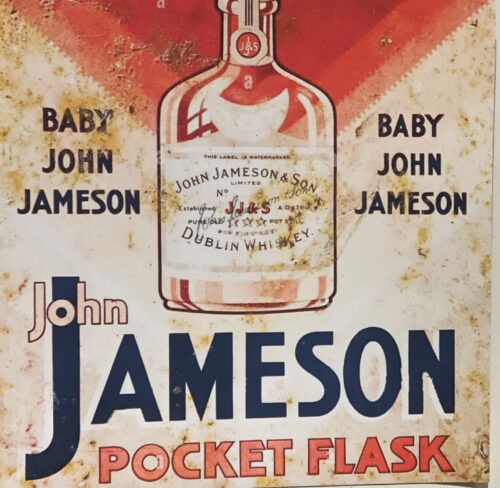
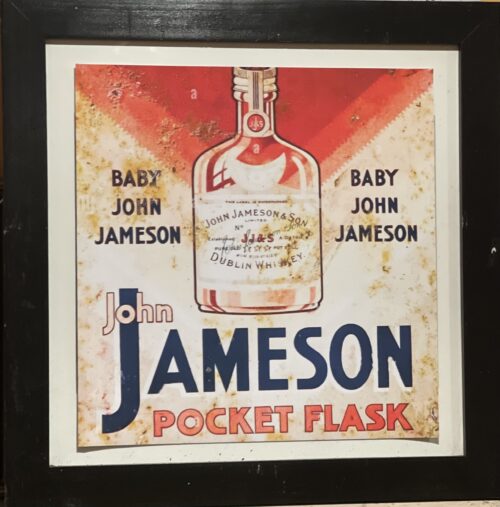
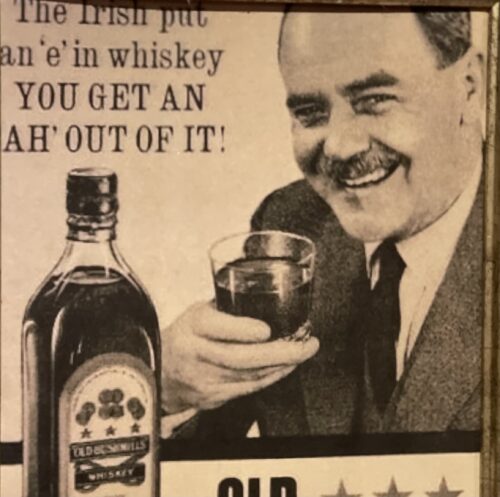
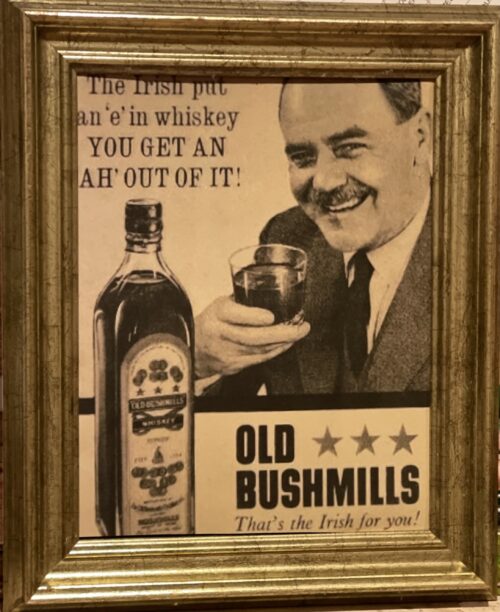
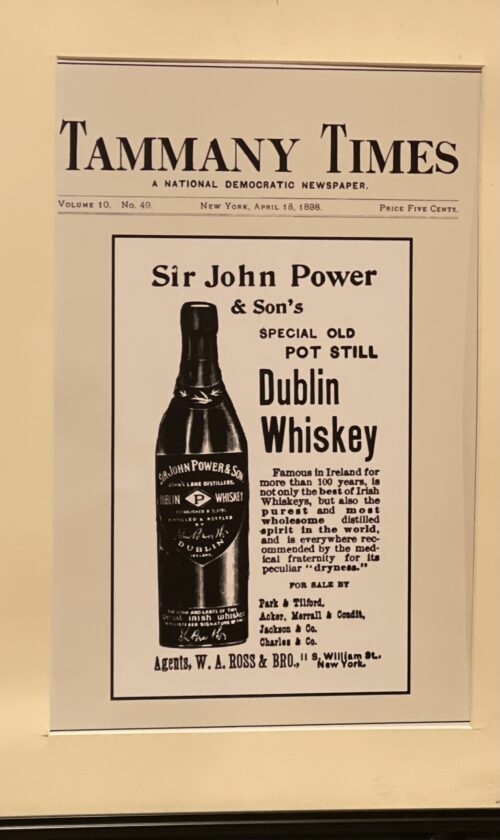

 The Still House at John's Lane Distillery, as it looked when Alfred Barnard visited in the 1800s.
The Still House at John's Lane Distillery, as it looked when Alfred Barnard visited in the 1800s.

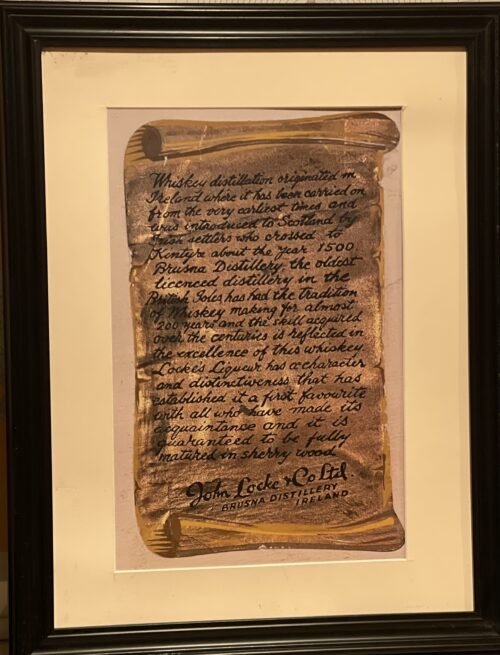
An Address from the People of Kilbeggan to John Locke, Esq. Dear Sir - Permit us, your fellow townsmen, to assure of our deep and cordial sympathy in your loss and disappointment from the accident which occurred recently in your Distillery. Sincerely as we regret the accident, happily unattended with loss of life, we cannot but rejoice at the long-wished-for opportunity it affords us of testifying to you the high appreciation in which we hold you for your public and private worth. We are well aware that the restrictions imposed by recent legislation on that particular branch of Irish industry, with which you have been so long identified, have been attended with disastrous results to the trade, as is manifest in the long list of Distilleries now almost in ruins, and which were a few years ago centres of busy industry, affording remunerative employment to thousands of hands; and we are convinced the Kilbeggan Distillery would have long since swelled the dismal catalogue had it fallen into less energetic and enterprising hands. In such an event we would be compelled to witness the disheartening scene of a large number of our working population without employment during that period of the year when employment Is scarcest, and at the same time most essential to the poor. Independent then of what we owe you, on purely personal grounds, we feel we owe you a deep debt of gratitude for maintaining in our midst a manufacture which affords such extensive employment to our poor, and exercises so favourable an influence on the prosperity of the town. In conclusion, dear Sir, we beg your acceptance of a new steam boiler to replace the injured one, as testimony, inadequate though it is, of our unfeigned respect and esteems for you ; and we beg to present it with the ardent wish and earnest hope that, for many long years to come, it may contribute to enhance still more the deservedly high and increasing reputation of the Kilbeggan Distillery.In a public response to mark the gift, also published in several newspapers, Locke thanked the people of Kilbeggan for their generosity, stating "...I feel this to be the proudest day of my life...". A plaque commemorating the event hangs in the distillery's restaurant today. In 1878, a fire broke out in the "can dip" (sampling) room of the distillery, and spread rapidly. Although, the fire was extinguished within an hour, it destroying a considerable portion of the front of the distillery and caused £400 worth of damage. Hundreds of gallons of new whiskey were also consumed in the blaze - however, the distillery is said to have been saved from further physical and financial ruin through the quick reaction of townsfolk who broke down the doors of the warehouses, and helped roll thousands of casks of ageing spirit down the street to safety. In 1887, the distillery was visited by Alfred Barnard, a British writer, as research for his book, "the Whiskey Distilleries of the United Kingdom". By then, the much enlarged distillery was being managed by John's sons, John Edward and James Harvey, who told Barnard that the distillery's output had more than doubled during the preceding ten years, and that they intended to install electric lighting.Barnard noted that the distillery, which he referred to as the "Brusna Distillery", named for the nearby river, was said to be the oldest in Ireland. According to Barnard, the distillery covered 5 acres, and employed a staff of about 70 men, with the aged and sick pensioned-off or assisted. At the time of his visit, the distillery was producing 157,200 proof gallons per annum, though it had the capacity to produce 200,000. The whiskey, which was sold primarily in Dublin, England, and "the Colonies", was "old pot still", produced using four pot stills (two wash stills: 10,320 / 8,436 gallons; and two spirit stills: 6,170 / 6,080 gallons), which had been installed by Millar and Company, Dublin. Barnard remarked that at the time of his visit over 2,000 casks of spirit were ageing in the distillery's bonded warehouses. In 1893, the distillery ceased to be privately held, and was converted a limited stock company, trading as John Locke & Co., Ltd., with nominal capital of £40,000.

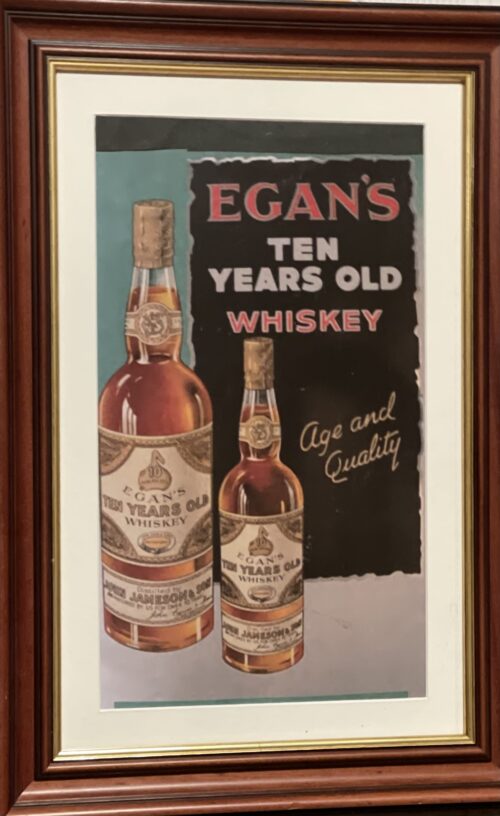


Mick The Miller,as featured in this iconic advert, was the most famous greyhound of all time. He was born in 1926 in the village of Killeigh, County Offaly, Ireland at Millbrook House(only 5 miles from Tullamore), the home of parish curate, Fr Martin Brophy. When he was born Mick was the runt of the litter but Michael Greene, who worked for Fr Brophy, singled the little pup out as a future champion and insisted that he be allowed to rear him. With constant attention and regular exercise Mick The Miller developed into a racing machine. His first forays were on local coursing fields where he had some success but he showed his real talent on the track where he won 15 of his first 20 races.
.jpg)
In 1929 Fr Brophy decided to try Mick in English Greyhound Derby at White City, London. On his first trial-run, Mick equalled the track record. Then, in his first heat, he broke the world record, becoming the first greyhound ever to run 525 yards in under 30 seconds. Fr Brophy was inundated with offers and sold him to Albert Williams. Mick went on to win the 1929 Derby. Within a year he had changed hands again to Arundel H Kempton and won the Derby for a second time.
Over the course of his English career he won 36 of his 48 races, including the Derby (twice), the St Leger, the Cesarewitch, and the Welsh Derby. He set six new world records and two new track records. He was the first greyhound to win 19 races in a row. Several of his records went unbroken for over 40 years. He won, in total, almost £10,000 in prizemoney. But he also became the poster-dog for greyhound racing. He was a celebrity on a par with any sports person, muscisian or moviestar. The more famous he became, the more he attracted people to greyhound racing. Thousands thronged to watch him, providing a huge boost to the sport. It is said that he actually saved the sport of greyhound racing.



An Address from the People of Kilbeggan to John Locke, Esq. Dear Sir - Permit us, your fellow townsmen, to assure of our deep and cordial sympathy in your loss and disappointment from the accident which occurred recently in your Distillery. Sincerely as we regret the accident, happily unattended with loss of life, we cannot but rejoice at the long-wished-for opportunity it affords us of testifying to you the high appreciation in which we hold you for your public and private worth. We are well aware that the restrictions imposed by recent legislation on that particular branch of Irish industry, with which you have been so long identified, have been attended with disastrous results to the trade, as is manifest in the long list of Distilleries now almost in ruins, and which were a few years ago centres of busy industry, affording remunerative employment to thousands of hands; and we are convinced the Kilbeggan Distillery would have long since swelled the dismal catalogue had it fallen into less energetic and enterprising hands. In such an event we would be compelled to witness the disheartening scene of a large number of our working population without employment during that period of the year when employment Is scarcest, and at the same time most essential to the poor. Independent then of what we owe you, on purely personal grounds, we feel we owe you a deep debt of gratitude for maintaining in our midst a manufacture which affords such extensive employment to our poor, and exercises so favourable an influence on the prosperity of the town. In conclusion, dear Sir, we beg your acceptance of a new steam boiler to replace the injured one, as testimony, inadequate though it is, of our unfeigned respect and esteems for you ; and we beg to present it with the ardent wish and earnest hope that, for many long years to come, it may contribute to enhance still more the deservedly high and increasing reputation of the Kilbeggan Distillery.In a public response to mark the gift, also published in several newspapers, Locke thanked the people of Kilbeggan for their generosity, stating "...I feel this to be the proudest day of my life...". A plaque commemorating the event hangs in the distillery's restaurant today. In 1878, a fire broke out in the "can dip" (sampling) room of the distillery, and spread rapidly. Although, the fire was extinguished within an hour, it destroying a considerable portion of the front of the distillery and caused £400 worth of damage. Hundreds of gallons of new whiskey were also consumed in the blaze - however, the distillery is said to have been saved from further physical and financial ruin through the quick reaction of townsfolk who broke down the doors of the warehouses, and helped roll thousands of casks of ageing spirit down the street to safety. In 1887, the distillery was visited by Alfred Barnard, a British writer, as research for his book, "the Whiskey Distilleries of the United Kingdom". By then, the much enlarged distillery was being managed by John's sons, John Edward and James Harvey, who told Barnard that the distillery's output had more than doubled during the preceding ten years, and that they intended to install electric lighting.Barnard noted that the distillery, which he referred to as the "Brusna Distillery", named for the nearby river, was said to be the oldest in Ireland. According to Barnard, the distillery covered 5 acres, and employed a staff of about 70 men, with the aged and sick pensioned-off or assisted. At the time of his visit, the distillery was producing 157,200 proof gallons per annum, though it had the capacity to produce 200,000. The whiskey, which was sold primarily in Dublin, England, and "the Colonies", was "old pot still", produced using four pot stills (two wash stills: 10,320 / 8,436 gallons; and two spirit stills: 6,170 / 6,080 gallons), which had been installed by Millar and Company, Dublin. Barnard remarked that at the time of his visit over 2,000 casks of spirit were ageing in the distillery's bonded warehouses. In 1893, the distillery ceased to be privately held, and was converted a limited stock company, trading as John Locke & Co., Ltd., with nominal capital of £40,000.
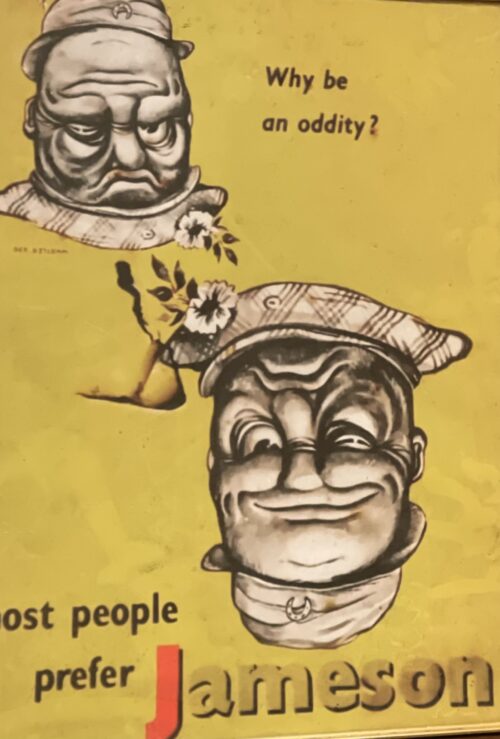
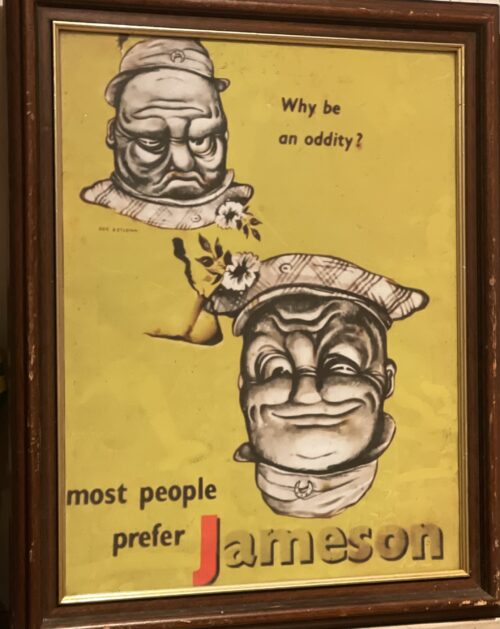


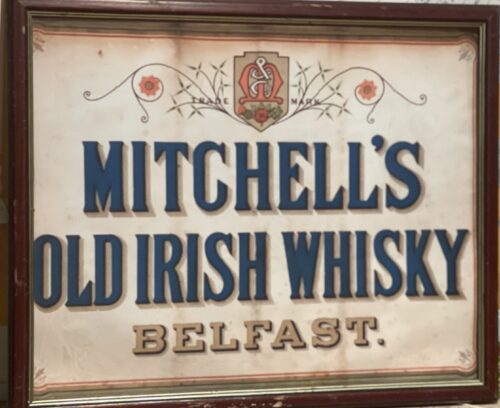
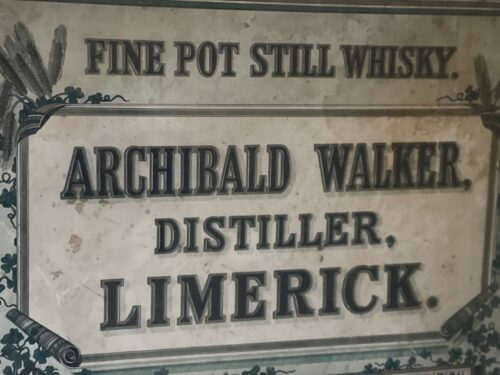
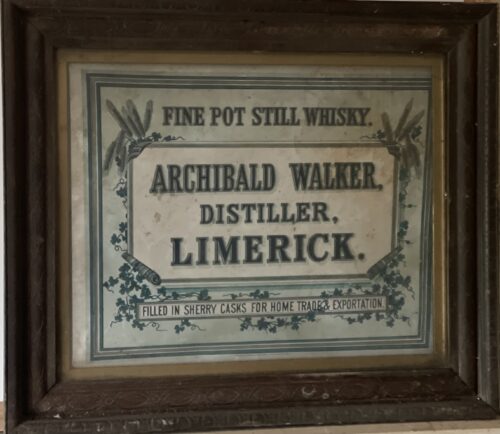



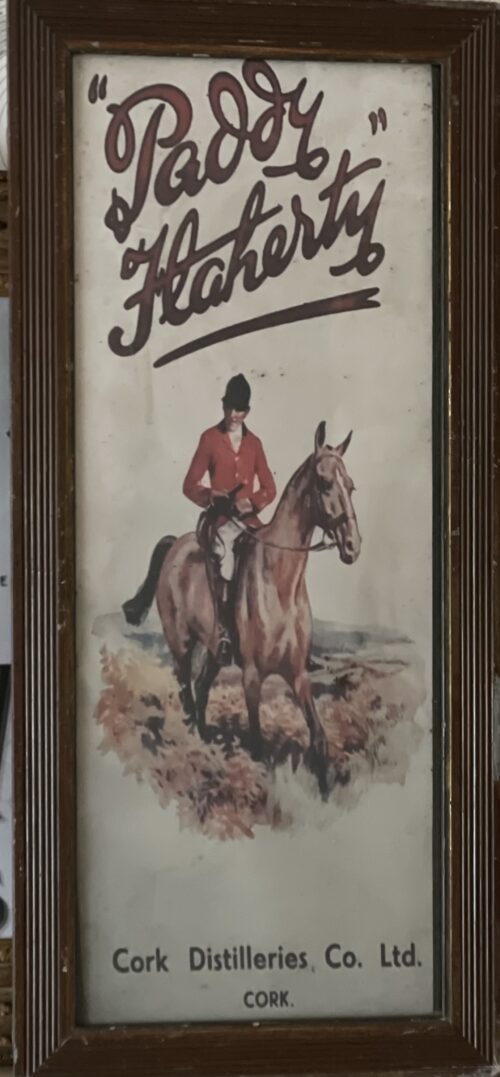
 |
|
 |
|
| Introduced | 1879, renamed as Paddy in 1912 |
|---|---|
